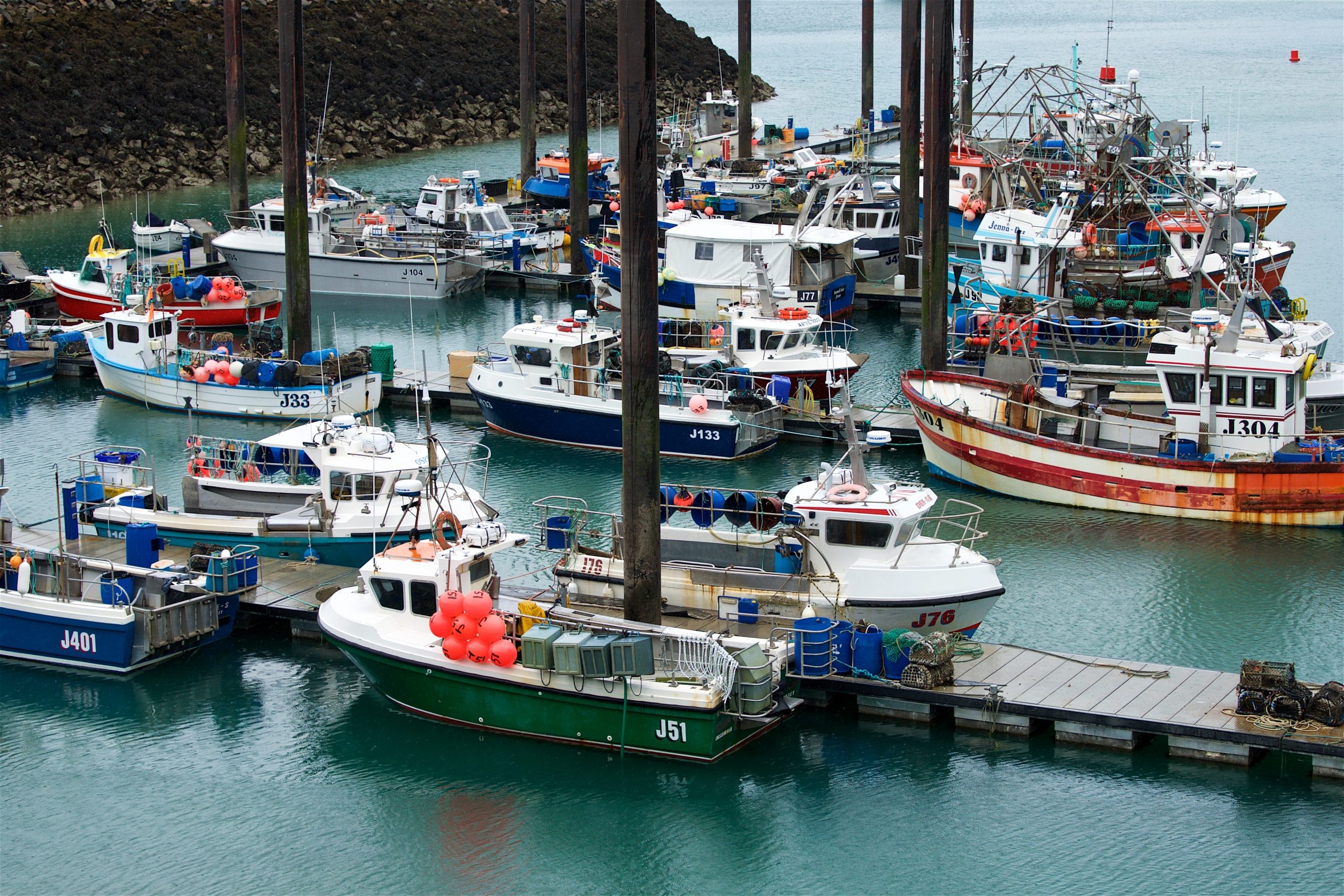I WRITE with reference to the article (JEP 16 February) headlined ‘Fishing bans could result in shortages’.
I am a commercial fisherman, but not a member of the JFA like many.
The current difficulties in exporting to France will cause a glut of scallops in Jersey. Further, there is good stock recruitment of scallops at present. Brexit did not produce the reduction in the French effort that had been hoped for. As such, maximum yields are required from the three-mile limit exclusive to Jersey fishermen.
Sustainable fishing will allow divers, potters, liners etc to efficiently select many species, whereas dredging is an indiscriminate form of fishing that destroys and damages the seabed, fish and fauna. I have personally heard dredgers hitting the seabed at the Paternosters when underwater at Bonne Nuit, approximately 2.5 miles away. The Paternosters is a designated Ramsar site.
We have some of the most lax regulations on dredging in Europe. Britain and Normandy have closed seasons (April to September) as many species breed during the summer. Sark has an all-year ban on dredging out to three miles. Guernsey has a voluntary ban on dredging along the east coast. Furthermore, regulations limit dredgers to four per boat operated within the three-mile limit along the remaining coastline and the size of vessels is restricted according to the distance from shore in which they dredge.
Why did the JFA ‘spearhead the campaign’ to ban dredging in the Ecréhous if it is so sustainable?
Having dived on ground recently dredged over many years I have learned that dredging is far more destructive than claimed, leaving crushed shellfish in its wake and breeding grounds destroyed. Many species of fish come inshore to breed. For example, when spider crabs come inshore to breed and moult they ball-up for protection but this is futile against a dredger: one boat can kill hundreds of thousands of these creatures in a couple of hours. I have seen balls of spider crabs 100 by 100 by five feet high.
On a positive note, since the ban on dredging at the Ecréhous, the grounds are showing slow but sure signs of recovery, with more fish and shellfish life appearing, particularly spider crabs.
Finally, I would like to thank the Jersey public for their tremendous support in buying locally hand-dived scallops.
3 Lido Bay Court, Route de St Aubin,
St Helier
For more comment and opinion pieces, see today’s Jersey Evening Post.






